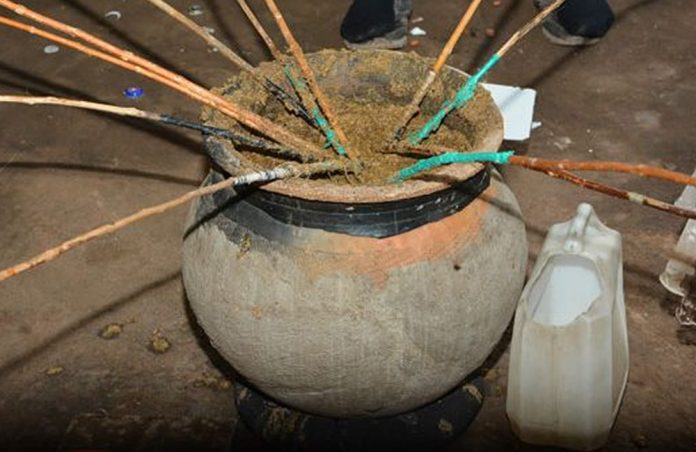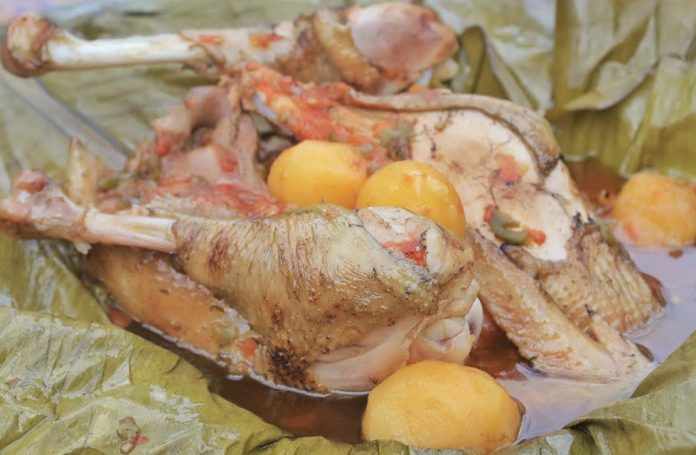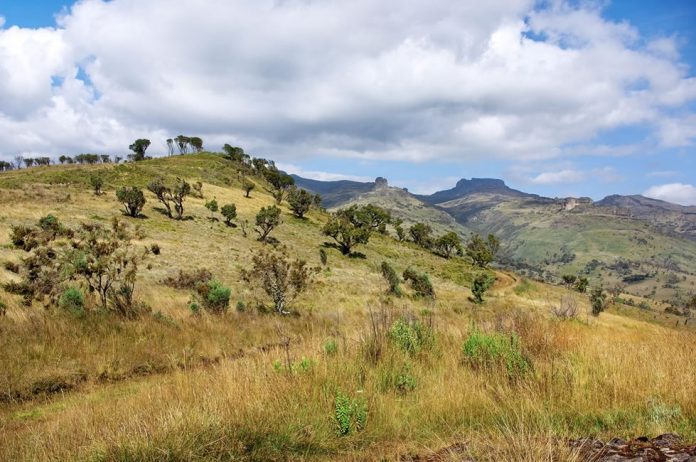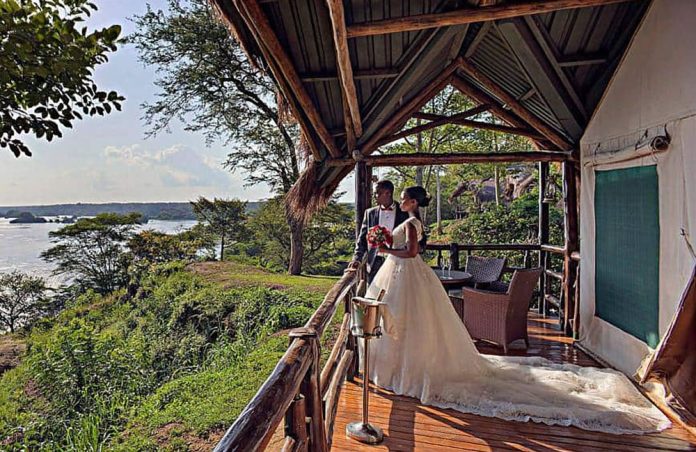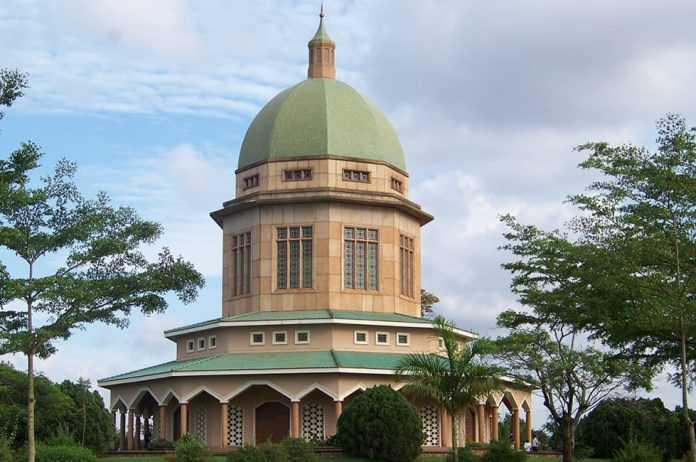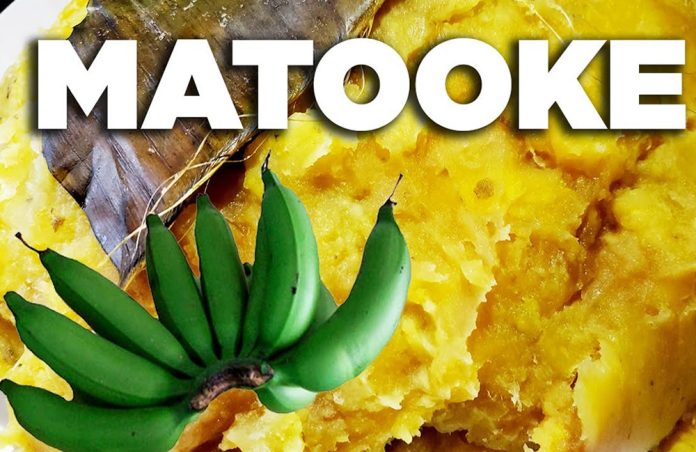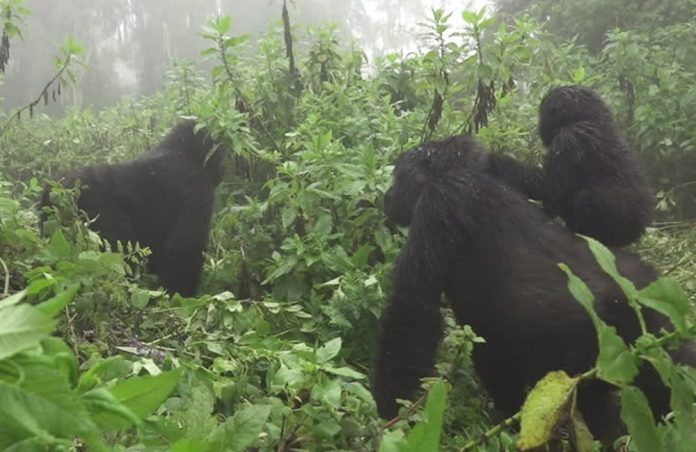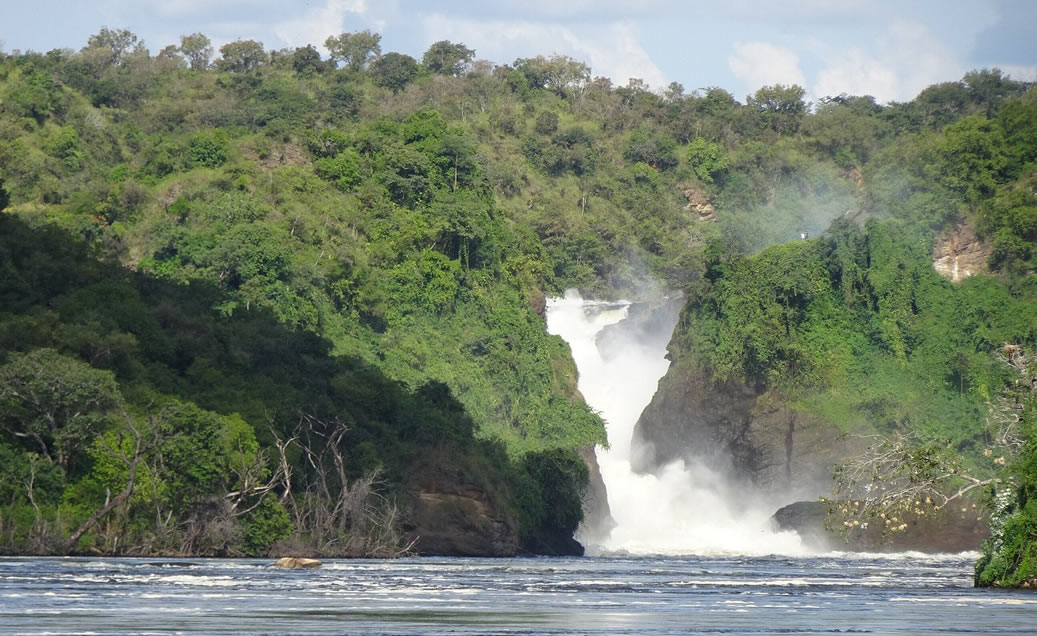As you explore Uganda’s beautiful landscapes and vibrant culture, choosing the right vehicle is crucial. This guide emphasizes the importance of selecting a rental car that fits both your budget and personal needs, whether you’re a solo traveler, a couple, or a group. Understanding the varied options available, from sedans to spacious SUVs, ensures that your trip is comfortable and tailored to your requirements. Especially those embarking on their first Uganda self-drive experience providing valuable insights and practical tips that is;
CAR SELECTION: Choosing the right car should always be your top priority when you decide to self drive Uganda for the first time. Make sure you choose a rental car that easily fits your budget as well as personal needs like space and insurance. There are a variety of cars for hire in Uganda ideal for a particular traveller type, a first-time solo tourist or couple will just require a sedan or small SUV while a group of friends or family may stick to the Land cruisers and minivans.
ROUTE SELECTION: Learn about the best routes for self drive in Uganda after you have decided which car to book. The flow of your road trip also matters a lot and so you should strongly consider which routes to take when visiting the parks and attractions to avoid driving in circles. The southwestern and northwestern & eastern routes are by far the most rewarding taking you to some of the most popular attractions including parks like Bwindi, Lake Mburo, Queen Elizabeth Park, Kibale forest, Lake Bunyonyi Murchison falls park, Mountain Elgon, Kidepo valley to mention but a few.
SAMPLE ITINERARY: Check out this exciting Uganda self drive itinerary for first-timers for some inspiration.
ROUTE GUIDING DEVICES & APPLICATIONS: After you have figured out which places you will be visiting and the routes are taken to get there, you should now think of which device or online app to use to guide you around Uganda. The majority of Uganda car rental companies charge an extra fee on a GPS ranging from USD 3 to 5 per day but if you can’t afford that, then you can use the up-to-date Google Maps or the 3D Google Earth map which is the closest you will get to see the real route but requires heavy internet data and nice connection.
ROAD CONDITIONS: Uganda’s road network has improved over the years with major roads that lead to the city and popular attractions all well constructed with some still undergoing repairs. However, you should rent a 4×4 car if you plan to travel upcountry as some of the roads are not tarmacked, dusty and almost impassable when it rains. Be very cautious when driving through the potholed, narrow and dusty roads of Kampala and national parks or you risk getting stuck.
CAR FUELING: Uganda Car Rental Services highly recommends you use gas stations within the city and suburbs as there are several stations in remote locations that offer fake fuel that is mixed with kerosene. Fake fuel can easily affect the rental car’s engine and also you risk getting stuck on the road when it runs out unexpectedly. Visit a Shell or Total gas station before you head off for your first Uganda self drive adventure and if you are to refuel, visit a gas station located within a busy city not on the outskirts.
DRIVING ACROSS BORDERS: If you are planning to explore both Uganda and Rwanda in a cross-country self-drive adventure, then you must possess some extra documents that include the vehicle registration papers, an authorization letter from the car rental company, a COMESA sticker covering your third-party insurance plus of course the International Driver’s License.
DON’T FORGET THE SPARES: You never know when you might get a mechanical problem or gadget power loss when self driving in Uganda and so it’s advisable to carry extra items like spare tyres, a wheel spanner, jerk, first aid box, power bank for phones, extra phone or camera battery.
AVOID DRIVING AT NIGHT: Driving for the first time in Uganda is not easy and even more difficult at night. Uganda has a stable political climate and good security in several major destinations but that doesn’t mean that you won’t fall victim of robbers and fraudsters who operate mainly at night. The chances of falling into an accident when driving at night are very high compared to day time. So it’s advisable to park your car at a hotel, apartment or safari lodge and sleep over before continuing your road trip.
TAKE BREAKS: One of the most common causes of road accidents in the world is fatigue, a slight loss of concentration when driving can lead you into an accident and that’s why it’s advisable to always take short breaks especially when driving to remote regions. Take a break from the wheel and go have some snacks or lunch at a restaurant, do some stretches or shopping at a mall so your body can be energized.
CONCLUSION:
A self-drive trip in Uganda can be an amazing adventure filled with beautiful sights and rich culture. To ensure a great experience, choose the right car, plan your routes carefully, and stay aware of road conditions. Use helpful navigation tools, avoid driving at night, and take breaks to stay alert. Enjoy the journey, embrace the unique experiences that come your way, and create memories that will last a lifetime.
“4X4AFRICA Wishes you a Safe travel”



